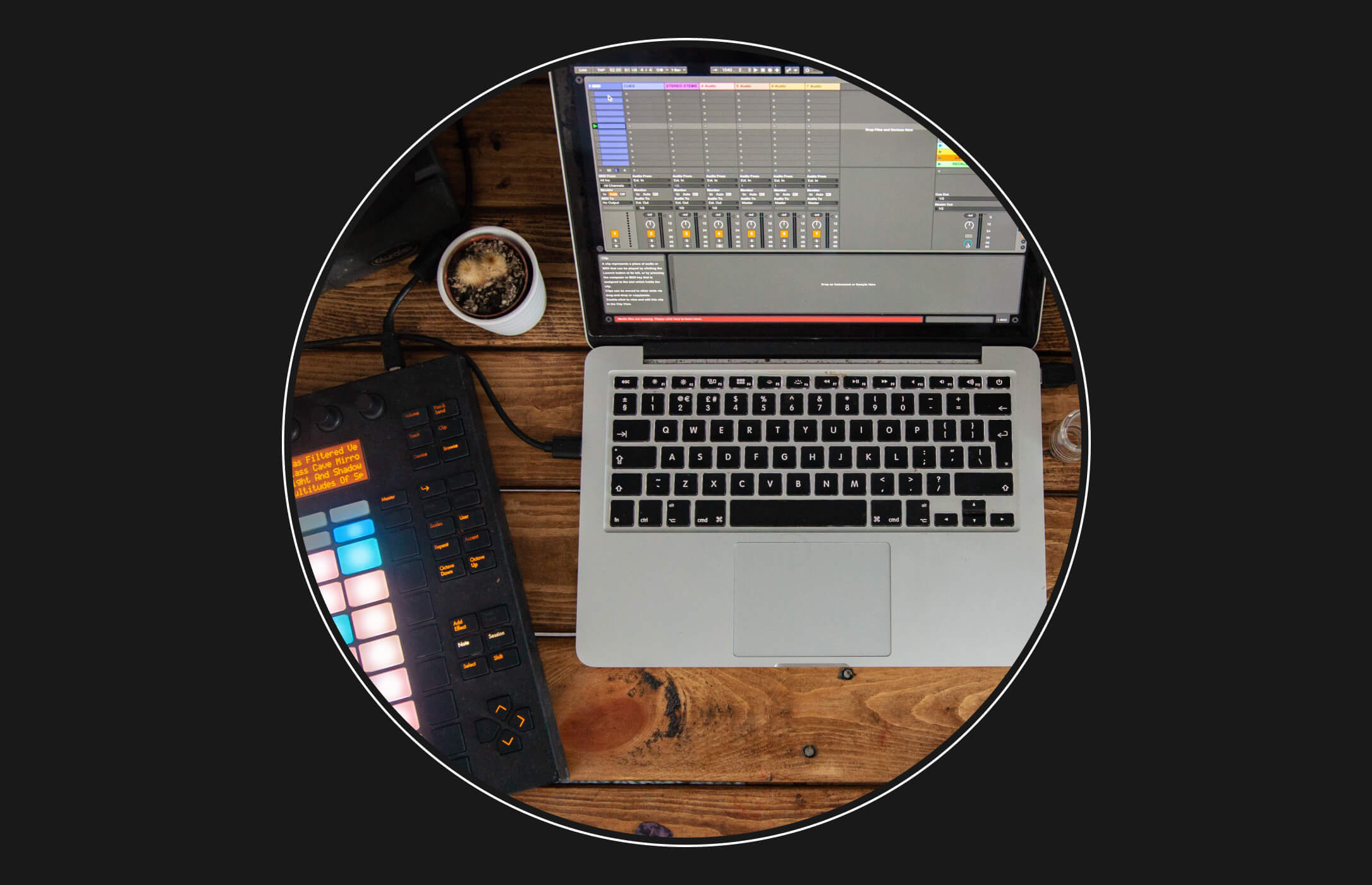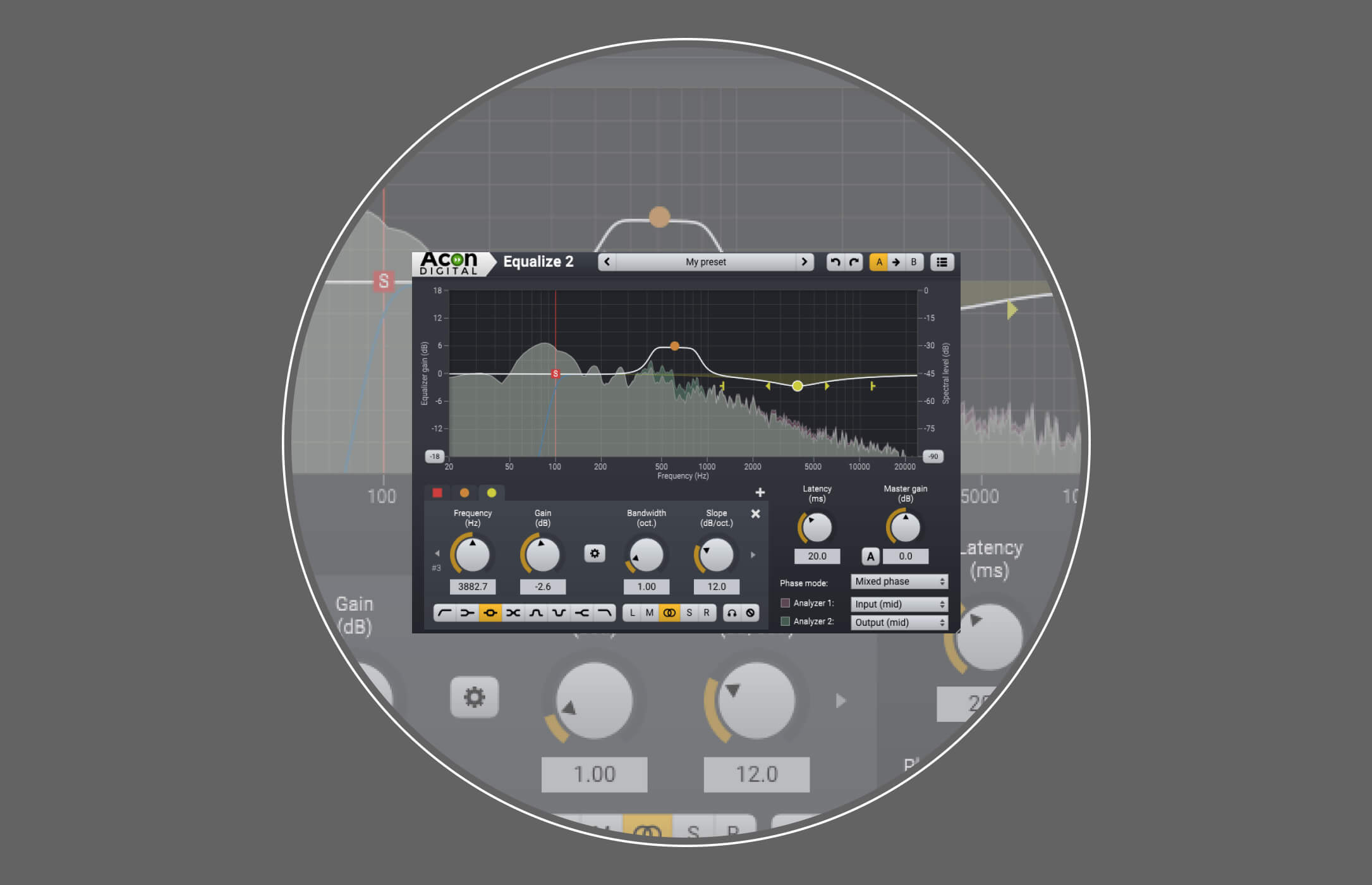How to Write a Melody: 9 Tips for Creating Memorable Melodies
Songwriting combines numerous musical elements, such as chord progressions, rhythmic beats, and words. However, both instrumental melodies, such as guitar riffs and bass lines, and vocal melodies, are often used as a song’s calling card.
What Exactly Is a Melody?
A melody is a series of notes that are performed or sung in a piece of music. A basic melody can be made up of a single musical phrase — just a few brief notes and nothing else. More sophisticated musical concepts can result in more intricate melodies, such as jazz, operatic arias, and progressive rock epics.
What Are the Different Parts of a Melody?
A melody is made up of two main elements: pitch and duration. According to music theory, each note vibrates at its own unique frequency, which defines its pitch — how “high” or “low” it sounds. The duration of a note is how long it is held. A quarter note, for example, is a note that lasts one-fourth the time of a measure written in 4/4 time. The length of the pauses between notes is sometimes referred to as duration.
Melodies are classified into three types.
With one significant exception, most melodic ideas derive from a chord sequence or a scale.
- Chord-based melodies: Some songwriters begin the melody-writing process with a sequence of chord changes. They then write songs based on chord tones, or the sounds that comprise each chord.
- Scale-based melodies: Scale-based melodies are made up of notes from a specific scale or mode. A C major melody, for example, could only employ notes from the C major scale (indicated by a key signature with no sharp or flat notes). Major and minor scales typically include seven notes (some minor scales have more), but you may create a beautiful tune with fewer notes. Pentatonic scales, which feature only five notes, are commonly used in pop music production.
- Monotone melodies: Melodies can have monotone rhythmic patterns in theory. Some hip-hop vocal melodies, as well as dance beats in some EDM tracks, fall under this category. This isn’t to say that every drum beat counts as the melody of a song, but if there aren’t any pitched sounds placed on top, a rhythmic pattern can serve as the melody for a part of a song.
How to Write a Melody: 9 Memorable Melodies
If you want to write better melodies for your own songs, there are several tried-and-true songwriting methods to help you.
- Chords should be followed. Begin by improvising on a series of chord changes and allowing a new melody to emerge from the notes in those chords.
- Use a scale to guide you. Melodies can also be created by mixing notes from major and minor scales. Most pop melodies are built on major and minor scales, but if you want to go deeper, try a dominant scale, an altered scale, or a mode.
- Make a plan before you start writing. Although freeform songwriting may be freeing, you may find yourself producing stronger tunes if you begin to think holistically. Try creating the chorus melody of your song first and then working backwards. Consider which kind of verse or pre-chorus melodies might best suit the chorus. You may even include an opening part with its own tune that does not appear anywhere else in the song.
- Make a focal point for your melodies. A focus point is a high note touched once by a melodic line but never again — at least not in that portion of the song. Ascertain that the highest note fits within the vocal range of your vocalist. Alternatively, if you want to deviate from the form, make your focus point the lowest note in your melody.
- Make a couple leaps in your progressive lines. Most vocal melodies are composed in a stepwise manner, which means that most notes are followed by a note that is just a half-step or whole-step above or below. Then, great composers use leaps (two complete steps or more) that stand out from the incremental pattern.
- Repeat sentences, but slightly alter them. If you come up with a brief musical phrase, repeat it a few times, gently changing the notes or rhythm each time. Try introducing a different note on each repeat, or incorporate some syncopation into the rhythmic pattern. You could come up with something a lot more fascinating than if you simply repeated the same sentence a few times.
- Experiment with different types of counterpoint. Instead of composing a single melodic line over a chord sequence, interweave two melodies. If you have digital audio workstation (DAW) software on your computer, you may record one melodic line and then experiment with another one layered on top.
- Set your instrument down. Writing away from an instrument is an excellent method to spark inspiration or overcome writer’s block. Try singing vocal lines into a smartphone recording app. Then, go back to your instrument and copy what you’ve just sung.
- Get ideas from your favorite artists. Analyze your favorite songs and attempt to figure out what it is about their melodies that catches your attention. Then, take some of their methods, whether it’s certain scales, leaps, or rhythmic patterns.



